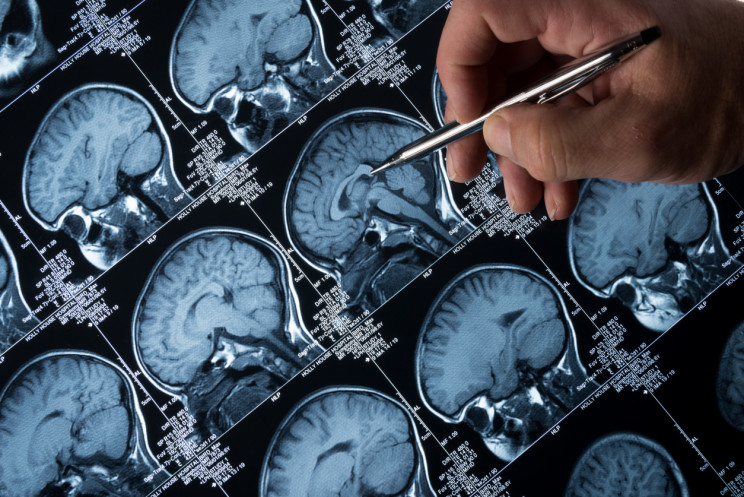I really don't know much about Alzheimer's research. Certainly not enough to know whether this research is faked just to try and publish a likely theory and jump the gun and get fame, (without being inaccurate, just unethical), or if he just made stuff up to get press. It seems others were able to reproduce the work eventually, so it seems likely a case of the former, and the amyloid-beta cascade theory remains central to the field. I don't know enough to say anything about whether this researcher, by her actions, altered the field in any significant way, positive or negative.
I did read a more pop-science article about Alzheimer's recently that I found fascinating, and given the complete lack of any progress on dementia related diseases, I think it is fair to say we really don't even understand the key mechanisms of it:
https://www.quantamagazine.org/what-causes-alzheimers-scientists-are-rethinking-the-answer-20221208/
From the comments section on that article is a comment from Prof. Ashe. Her lab is the one Dr. Lesne was working in when the paper was published:
Regarding Charles Piller’s article in Science, I cannot comment on the allegations about images that may have been inappropriately altered by my former co-worker Dr. Sylvain Lesné, because he is now under formal investigation at the University of Minnesota. However, I will comment on his scientific statements, because his description of my scientific thesis is inaccurate.
This Science article implied that my work has misled researchers in the Alzheimer’s field by encouraging the development of therapies targeting amyloid plaques, which most of us know are composed of Aβ. In fact, for over 20
years, I have consistently expressed concerns that drugs targeting plaques were likely to be ineffective. Based on my published work (Liu et al., 2015; Ashe, 2020), it is clear that there are two general forms of Aβ, type 1 and type 2. One particular form of type 1 (referred to in our papers as Aβ*56 and in the Science article as “toxic oligomers”) was shown by my lab and others to impair memory function in mice. The type 2 form of Aβ is the one found in amyloid plaques. It is this latter form that drug developers have repeatedly but unsuccessfully targeted. There have been no clinical trials targeting the type 1 form of Aβ, the form which my research has suggested is more relevant to dementia. Mr. Piller erroneously conflated the two forms of Aβ.
The readers of Mr. Piller’s article are given the strong impression that the pursuit of Aβ-targeted therapies for Alzheimer’s, which I agree has been frustratingly negative and expensive, was somehow ignited and/or fueled by the 2006 Nature paper. Readers must know that this is simply untrue and that decades of human genetics and murine models from many labs had led many drug developers to conclude that Aβ was a highly plausible target.
Mr. Piller’s article conflated two distinct issues: a) the frustrations regarding the difficulties of drug development in Alzheimer’s; and b) a specific accusation of scientific misconduct relating to a set of papers about one particular aspect of the Aβ hypothesis. To give the reader the impression that the latter bears a heavy burden of responsibility for the former, as he did in his article, is misleading.
Having worked for decades to understand the cause of Alzheimer disease, so that better treatments can be found for patients, it is devastating to discover that a co-worker may have misled me and the scientific community through the doctoring of images. It is, however, additionally distressing to find that a major scientific journal has flagrantly misrepresented the implications of my work.
For some additional scientific background, I would like to comment on the status of Aβ*56 and Aβ oligomer research more broadly. We previously reported that Aβ*56 is an SDS-stable Aβ assembly that impairs memory function in Tg2576 mice (
Lesné et al., 2006). Dr. Peng Liu and other colleagues in my lab have gone on to confirm and extend these findings; we classified Aβ oligomers into two types, type 1 and type 2, that differ in structure, spatial distribution, and temporal expression, and hypothesized that type 1 are formed by primary nucleation and type 2 by secondary nucleation (
Liu et al., 2015).
Based on these data, I hypothesize that Aβ*56 is a metastable type 1 oligomer, which can make it frustratingly elusive. Its detection must be conducted with care, as described in a paper by Ms. Marianne Grant, Dr. Kathy Zahs, and colleagues (
Grant et al., 2019).
[Editor’s note: Since 2017, Kathy Zahs has been a biocuration scientist at Alzforum].
Using canonical Aβ-epitope-specific antibodies, we have confirmed that a high-molecular-weight, SDS-stable Aβ assembly corresponds to Aβ*56 (
Grant et al., 2019; Liu et al., manuscript in preparation). Dr. Liu and other staff scientists in our labs regularly and reproducibly detect Aβ*56 in a subset of Tg2576 and J20 mice. A major focus of our current work is to determine the secondary and quaternary biophysical structures of type 1 oligomers, which may help explain why current Aβ therapies which target type 2 oligomers may not have been as effective as once hoped. Another focus is to develop monoclonal antibodies against type 1 oligomers, which could pave a path forward toward new Aβ therapeutics.

 wallstreetpro.com
wallstreetpro.com

 wallstreetpro.com
wallstreetpro.com